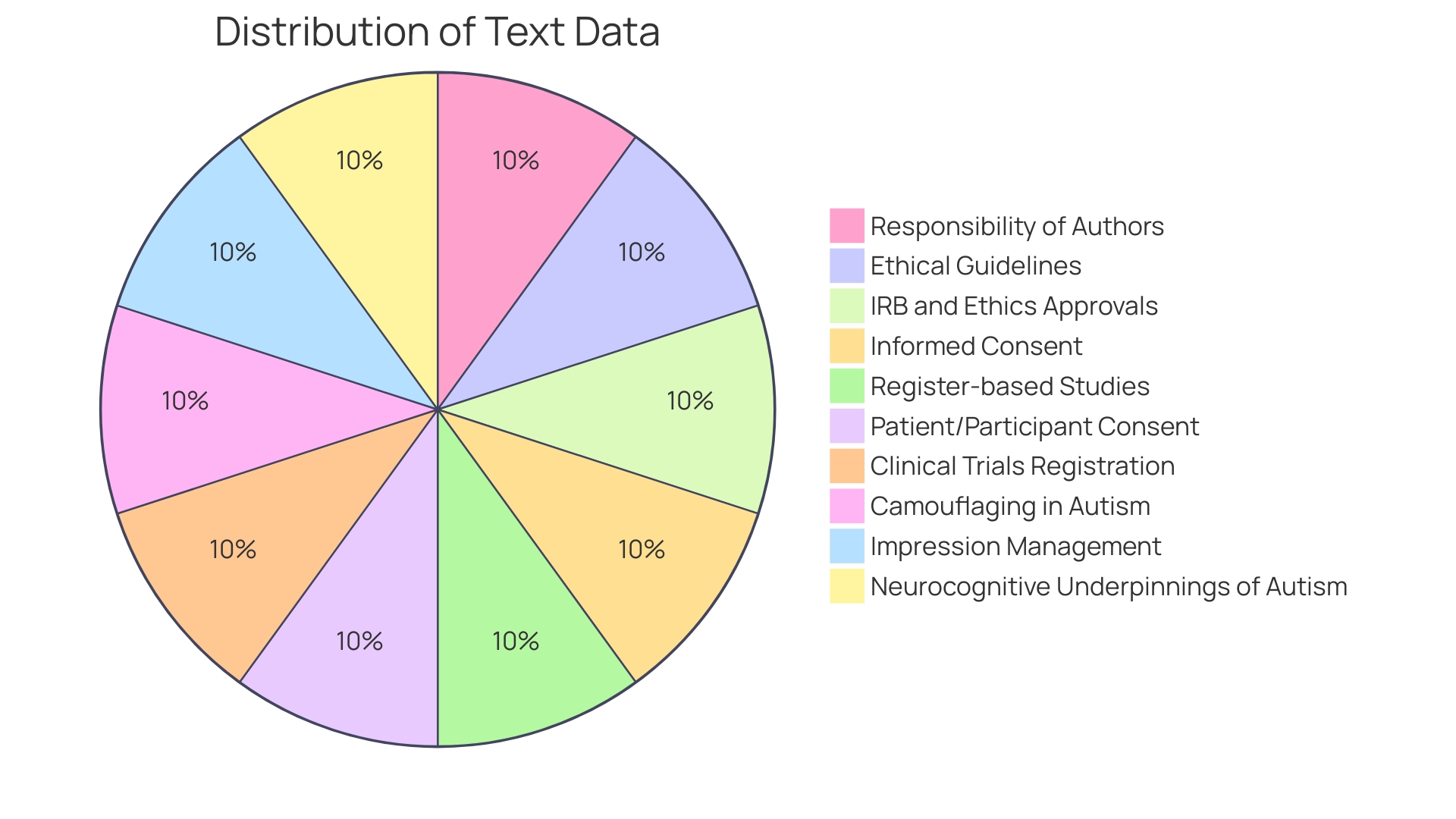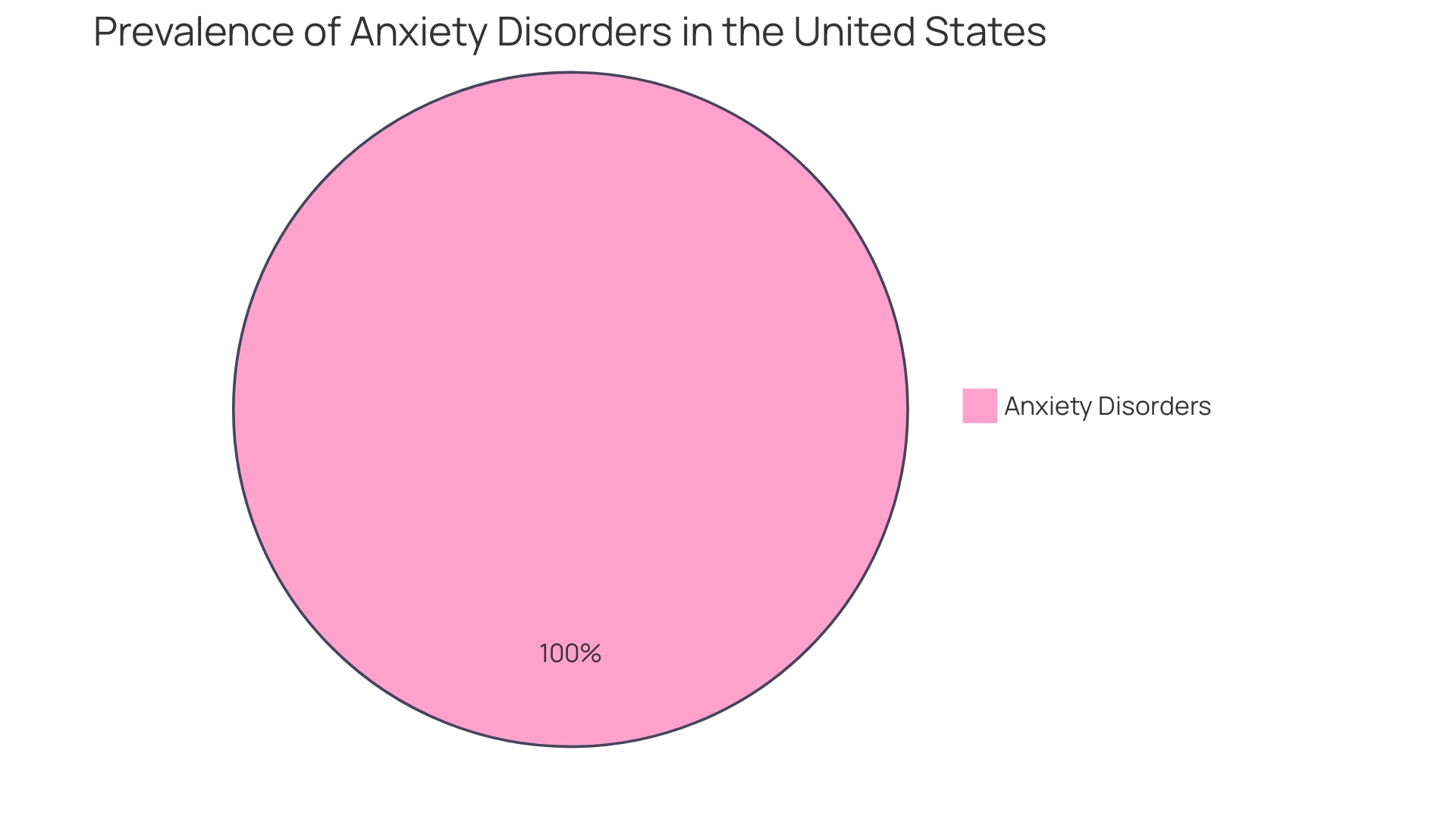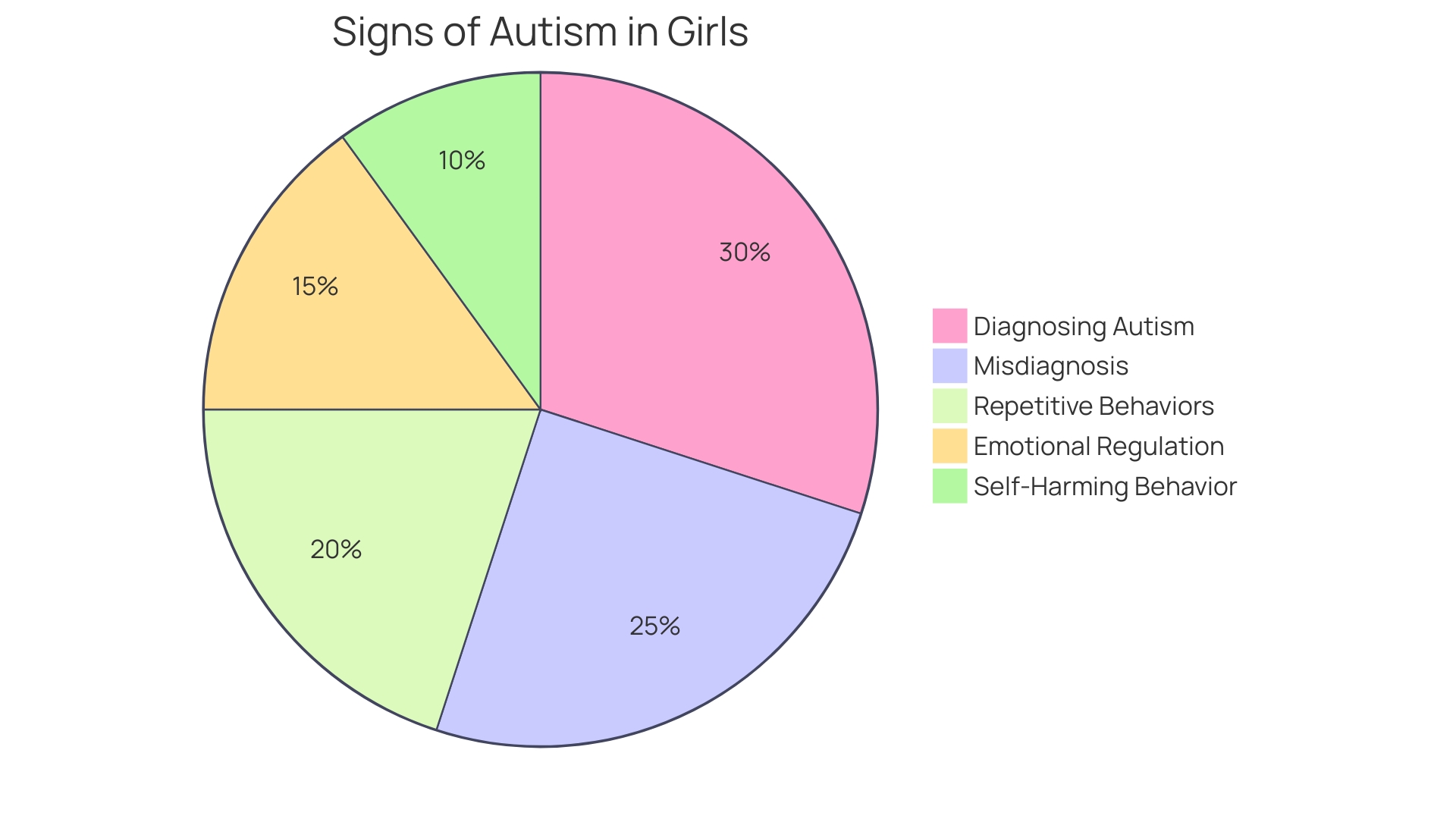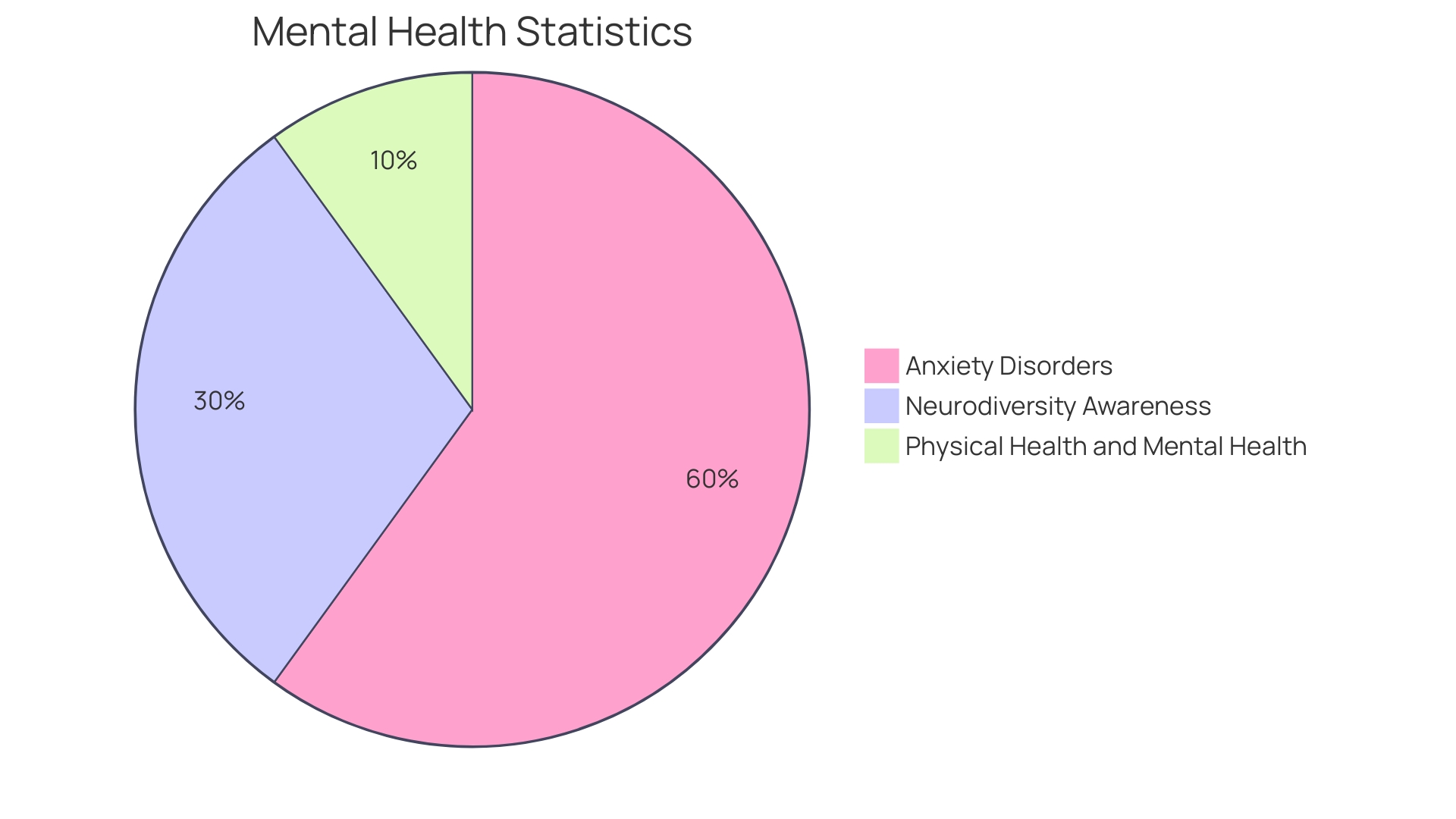Introduction
Unmasking the subtleties of autism in adult women can be as intricate as the condition itself. The journey to a proper diagnosis is often fraught with hurdles, from gender stereotypes to the chameleon-like social adaptability many women exhibit. Experts suggest that traditional diagnostic criteria may overlook the nuanced presentation in females, making it challenging to recognize the spectrum of autistic behaviors.
This article explores the reasons why autism in females may go undiagnosed, delving into the unique challenges faced by women and the consequences of this oversight. It also highlights the transformative power of late diagnosis and the need for tailored support and a deeper understanding of gender diversity within the realm of neurodiversity.
Why Autism in Females May Go Undiagnosed
Unmasking the subtleties of autism in adult women can be as intricate as the condition itself. The journey to a proper diagnosis is often fraught with hurdles, from gender stereotypes to the chameleon-like social adaptability many women exhibit. Experts like clinical neuropsychologist Susan Epstein, PhD, suggest that traditional diagnostic criteria may overlook the nuanced presentation in females, making it challenging to recognize the spectrum of autistic behaviors.
For example, while autistic boys may present overt social communication issues, their female counterparts often engage in conversations that mirror those of their neurotypical peers, focusing on people and relationships. This ability to mimic social behaviors can mask difficulties and delay diagnosis. It's not just social cues—repetitive behaviors and emotional regulation also manifest differently in women, sometimes leading to misinterpreted symptoms such as eating disorders.
The statistics are telling: an astounding 80% of autistic females are undiagnosed or misdiagnosed by the age of 18, according to recent research. The consequences of this oversight are profound, with autistic women and non-binary individuals experiencing mental health issues more frequently than their male counterparts. By age 25, 77% of autistic women have faced a psychiatric condition.
Camouflaging, or the practice of concealing one's autistic traits through rehearsed social scripts or mimicked non-verbal cues, further complicates the picture. This strategy, while akin to the impression management tactics used by the broader population, requires a significant cognitive toll on those with autism due to inherent differences in executive function and social cognition.
Heather Florio's story exemplifies the transformative power of late diagnosis. For years, feeling out of place, it was not until her forties that she received an autism diagnosis. Similarly, a surge in adult ADHD diagnoses among women, particularly between 2020 to 2022, raises questions about whether the medical community is finally acknowledging a long-overlooked issue or if a new trend is emerging.
As part of the 'Women's Health Matters' series, these insights into the lived experiences of autistic women underscore the vital need for tailored support and a deeper understanding of gender diversity within the realm of neurodiversity. The stories of women like Florio inspire a call to action for healthcare providers to refine diagnostic tools and embrace a more inclusive approach to mental health.

Signs of Autism in Adult Females
Understanding the nuances of autism in adult women is key for providing the necessary support and interventions. Adult females with autism may experience a variety of symptoms, often distinct from their male counterparts. These can include social challenges, heightened sensory sensitivities, and difficulties with executive function.
Intense interests or hobbies, repetitive behaviors, and co-occurring mental health conditions are also common. Many women learn to camouflage their difficulties, mimicking neurotypical behaviors to blend in, which can lead to underdiagnosis or misdiagnosis.
Research, such as the case study from the Journal of Personalized Medicine involving dizygotic twins with level 3 severity autism, emphasizes the importance of personalized approaches to managing ASD. Similar strategies can be beneficial for adult women, adapting to their specific needs. The phenomenon of camouflaging, as discussed by researchers like Ai et al., highlights the complex social strategies women may use, ranging from rehearsing social interactions to mimicking peers' behaviors.
Despite this, statistics show that autism in females is less frequently diagnosed, with 1 in 45 adults in the U.S. diagnosed with ASD, suggesting many women may remain unidentified. This underrecognition is further complicated by societal expectations and the capacity of many autistic women to mimic social behaviors, as noted in Women’s Health Matters articles. Autistic women often engage more in conversations about people and relationships, compared to their male counterparts, which can mask their social communication difficulties.
The journey to diagnosis for adult women can be fraught with barriers, as it often requires a comprehensive evaluation of developmental history and current behaviors, as well as self-reported experiences. The stories of women like Heather Florio, diagnosed at 41, illustrate the transformative power of understanding one's own autistic traits. Recognizing the signs of autism in adult women is not just about listing symptoms; it involves a deeper comprehension of the lived experiences of autistic individuals and the societal dynamics that influence diagnosis and support.

Diagnostic Obstacles for Women
Navigating the path to an autism diagnosis as an adult woman often presents unique challenges. The journey is marked by a complex interplay of factors, including evolving diagnostic criteria, a lack of professional awareness about autism's presentation in women, and the scarcity of resources tailored to their experiences. Autistic sociologist Judy Singer, who coined the term 'neurodiversity' in the 1990s, emphasizes the importance of recognizing autism as a difference rather than a disability, a perspective that resonates with many seeking diagnosis later in life.
The medical community is becoming increasingly aware of how autism manifests differently across genders, but misconceptions persist. Statistically, 80% of autistic females remain undiagnosed or misdiagnosed by the age of 18, and by age 25, 77% of autistic women are diagnosed with at least one psychiatric condition. These numbers underscore the importance of accurate recognition and support for autistic women.
Many women opt for self-diagnosis due to the inconclusive results and high costs associated with formal testing, which may not be necessary if official diagnosis does not impact the support they require. For those pursuing a formal diagnosis, the process involves an in-depth review of developmental history, behavior, and self-reported experiences, often making it difficult to find qualified professionals for assessment.
Moreover, autistic women frequently engage in 'camouflaging' – a range of strategies, such as rehearsing social prompts or mimicking the body language of others, to blend in socially. While these tactics are shared with the wider population, they can be especially taxing for those with autism due to differences in executive function and social cognition.
Heather Florio's story illustrates the profound impact a late diagnosis can have. Diagnosed at 41, she describes how understanding her autism allowed her to finally accept herself. Similarly, a recent update to the Austroads guidelines for health professionals reflects growing recognition and support for managing autism spectrum disorder among adults.
In sum, while the diagnostic path for adult women with autism is fraught with hurdles, increased awareness and understanding of gender differences in autism are leading to improvements in the resources and support available, enabling many to navigate this journey with more confidence and self-acceptance.

The Impact of Late Diagnosis
For many adult women, the journey to an autism diagnosis can be fraught with challenges and missed opportunities for support. Autism, often perceived through a lens shaped by male-centric research, can manifest differently in women, leading to a higher chance of going undiagnosed. Women may utilize a variety of coping mechanisms, such as camouflaging—where they consciously or unconsciously mimic the social behavior of their peers—which can mask their autism-related difficulties.
This adaptive strategy, however, can be mentally and emotionally taxing.
Moreover, societal expectations and stereotypes about women's social abilities can contribute to the underestimation of their struggles. As reported in women's health literature, autistic women often exhibit a conversational style that appears more socially oriented, akin to neurotypical individuals. This can obscure the social challenges they face, from forging friendships to navigating social nuances, which are integral aspects of mental well-being.
Despite the complexities, receiving a diagnosis can be transformative. Heather Florio's story is a testament to the power of understanding one's identity. Diagnosed at 41, Heather's experience highlighted the profound relief and self-acceptance that can come from recognizing one's neurodiversity.
Studies corroborate this, showing that autistic individuals often report increased self-understanding and acceptance post-diagnosis.
In the context of broader women's health issues, from reproductive health to mental health, recognizing the unique presentation of autism in women is crucial. It not only broadens our understanding of the autism spectrum but also ensures that women receive the acknowledgment and support they need for their overall health and well-being.

Conclusion
Unmasking autism in adult women is a complex process, hindered by gender stereotypes and the ability to mimic social behaviors. Traditional diagnostic criteria often overlook the nuanced presentation in females, leading to a staggering 80% of autistic women being undiagnosed or misdiagnosed by the age of 18. This oversight has profound consequences, with autistic women experiencing higher rates of mental health issues.
Recognizing the signs of autism in adult women is crucial for providing the necessary support and interventions. Many women learn to camouflage their difficulties, blending in with neurotypical peers, which can result in underdiagnosis or misdiagnosis. The diagnostic path for adult women with autism is marked by barriers, including evolving criteria, a lack of professional awareness, and limited resources tailored to their experiences.
Navigating the journey to an autism diagnosis as an adult woman presents unique challenges. However, increased awareness and understanding of gender differences in autism are leading to improvements in the resources and support available. This empowers women to navigate the diagnostic process with more confidence and self-acceptance.
The impact of late diagnosis can be transformative, as seen in stories like Heather Florio's. Understanding one's neurodiversity can bring relief and self-acceptance. Recognizing the unique presentation of autism in women is crucial for their overall health and well-being, ensuring they receive the acknowledgment and support they need.
In conclusion, unmasking autism in adult women requires a deeper understanding of their unique challenges and presentation. By refining diagnostic tools, embracing a more inclusive approach to mental health, and providing tailored support, we can empower and support autistic women on their journey to self-acceptance and well-being.




